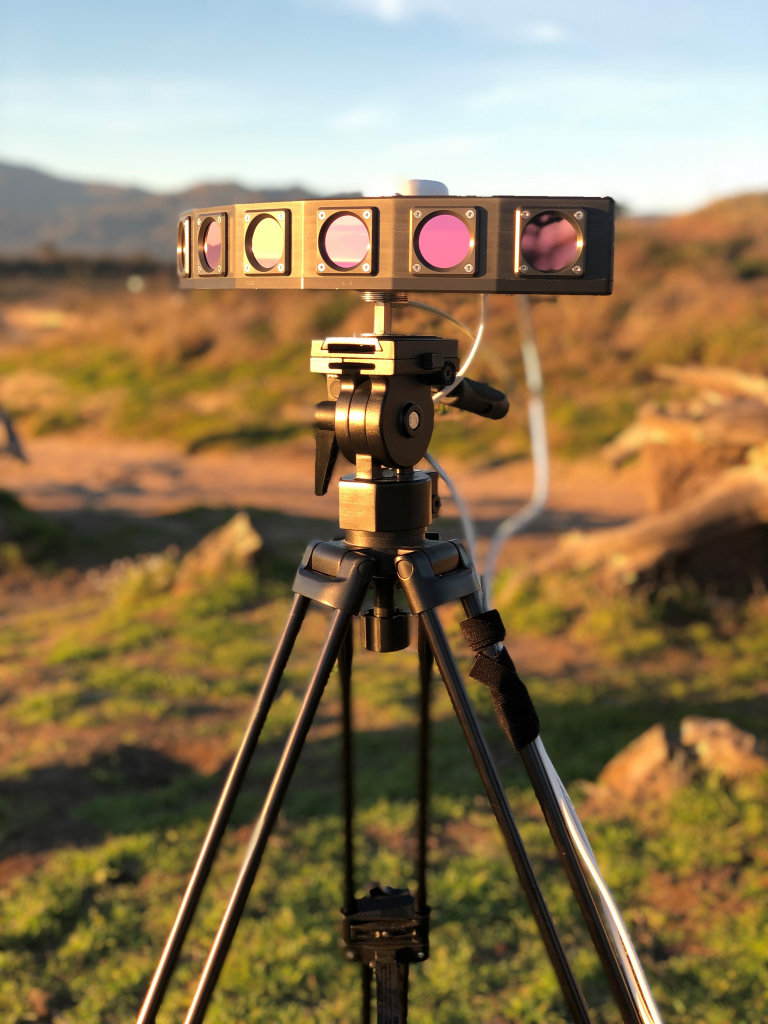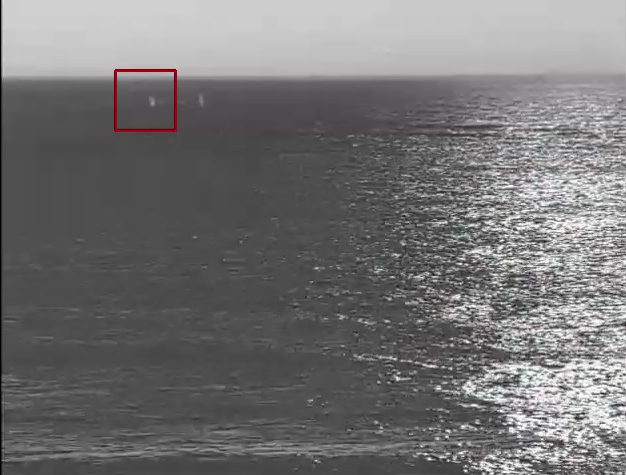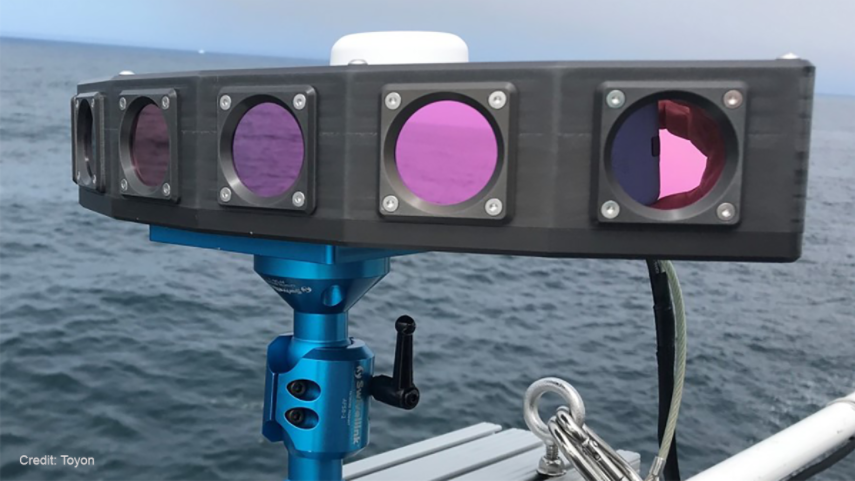Toyon’s state-of-the-art, maritime infrared camera and proprietary detection software was developed to support whale conservation efforts and oil and gas operations in partnership with the National Oceanic and Atmospheric Administration (NOAA).
This custom-built camera houses six stabilized long-wave infrared (LWIR) camera cores for a seamless field-of-view up to 90°. Paired with the supporting detection software, the maritime camera technology provides superior maritime detection.
Features:
- Automatically detect marine mammals, vessels or other targets in the day and at night
- Can be operated by a single analyst to significantly reduce the number of human observers required for marine mammal observation or protected species observation
- Provides 24/7 surveillance option for extended operation
- Record video data and retrieve recently-collected video for verification
- Instant replay allows for rapid verification without unnecessary delays in operations
- Store and back-up video files and detection logs for analysis at a later date
- Effectively detect targets when they are present
- Mitigate anthropogenic effects to nearby cetaceans
- Reduce ship-strike risk through improved detection
- Camera performance evaluated by trained marine mammal observers
- Stationary land or moving vessel mounting options available
- Wide field of view for larger area data collection
Camera Specifications:
- Camera module comprised of 6 uncooled long-wave infrared (LWIR) FLIR Tau 2 camera cores
- Custom weatherproof camera enclosure
- Camera resolution of 640×512 pixels at 30 frames per second and a combined resolution of 3840×512 pixels
- 90° field-of-view. Multiple modules can be installed together to extend the field-of-view coverage up to 360°
- Incorporates an inertial navigation system to provide electronic stabilization of the infrared (IR) imagery
- Connects directly to a laptop running the detection software
The Toyon maritime infrared camera and software was recently spotlighted in the NOAA articles These 5 Technologies Are Helping Save Our Ocean and Gray Whale Population Abundance.
Read more about our whale and ocean conservancy partnership with NOAA and how we’re providing valuable gray whale research.



2024 © Toyon Research Corporation All Rights Reserved. • Privacy Policy | Terms of Service | Privacy Center | Accessibility
We use cookies to give you the best online experience. By agreeing you accept the use of cookies in accordance with our privacy policy.
